The clothing manufacturing process is a highly detailed journey, from the initial fabric selection to the final finishing touches that make a garment ready for sale. Each step in the production process plays a critical role in determining the quality, functionality, and appearance of the finished product. Whether you are designing your own collection or working with manufacturers, understanding the full production process can help you make informed decisions to ensure quality and efficiency.
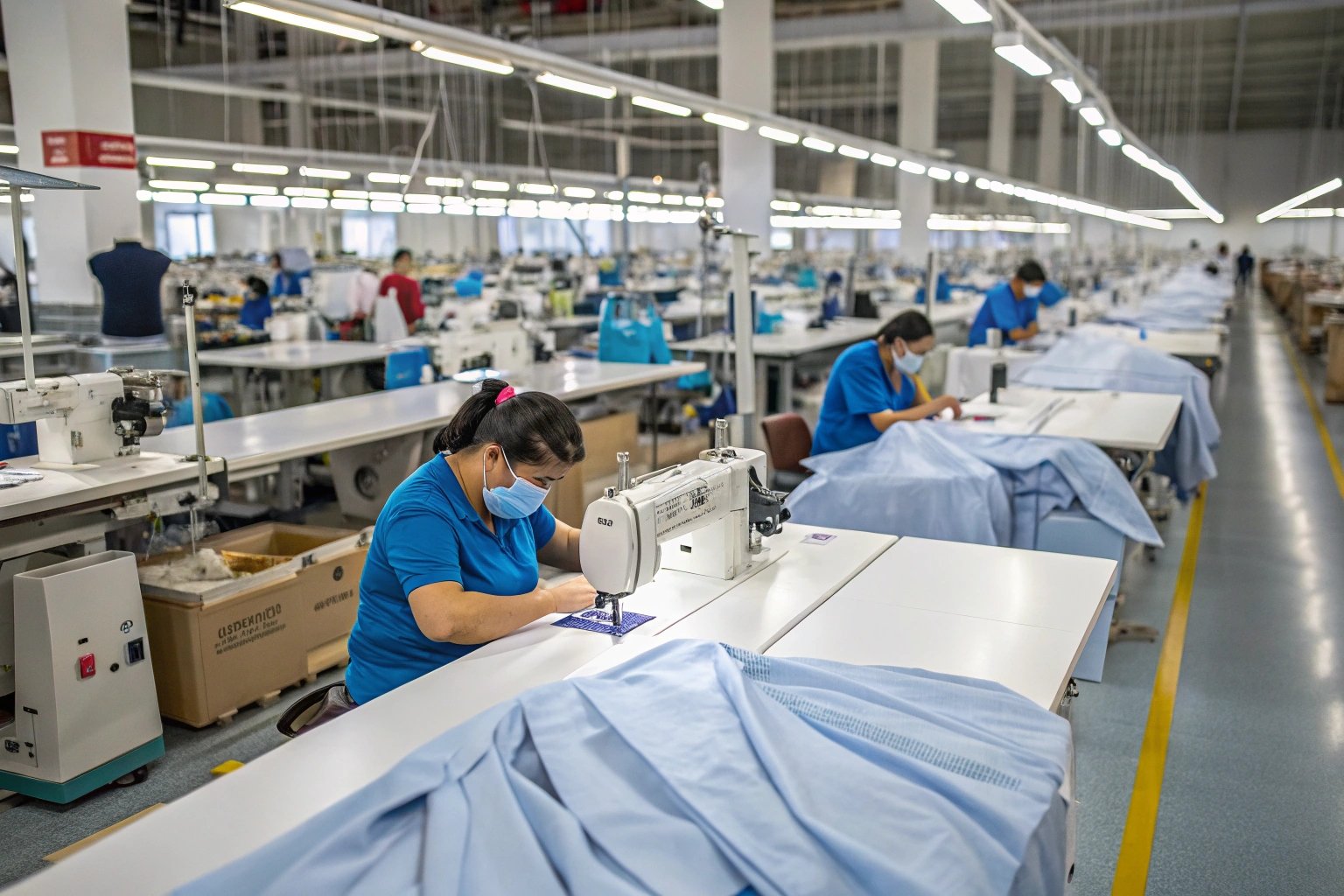
This guide will walk you through the garment manufacturing process, exploring key stages such as fabric preparation, construction, and finishing. By the end, you’ll have a clear understanding of how clothes are made step by step and how advanced processes like fabric pre-treatment, post-finishing treatments, and production management systems can enhance both product quality and manufacturing efficiency.
What is the Garment Manufacturing Process from Fabric to Finished Apparel Products?
The garment manufacturing process involves a series of steps that take raw fabric and transform it into a finished garment. Here’s an overview of the key stages in this process:
Fabric Pre-Treatment
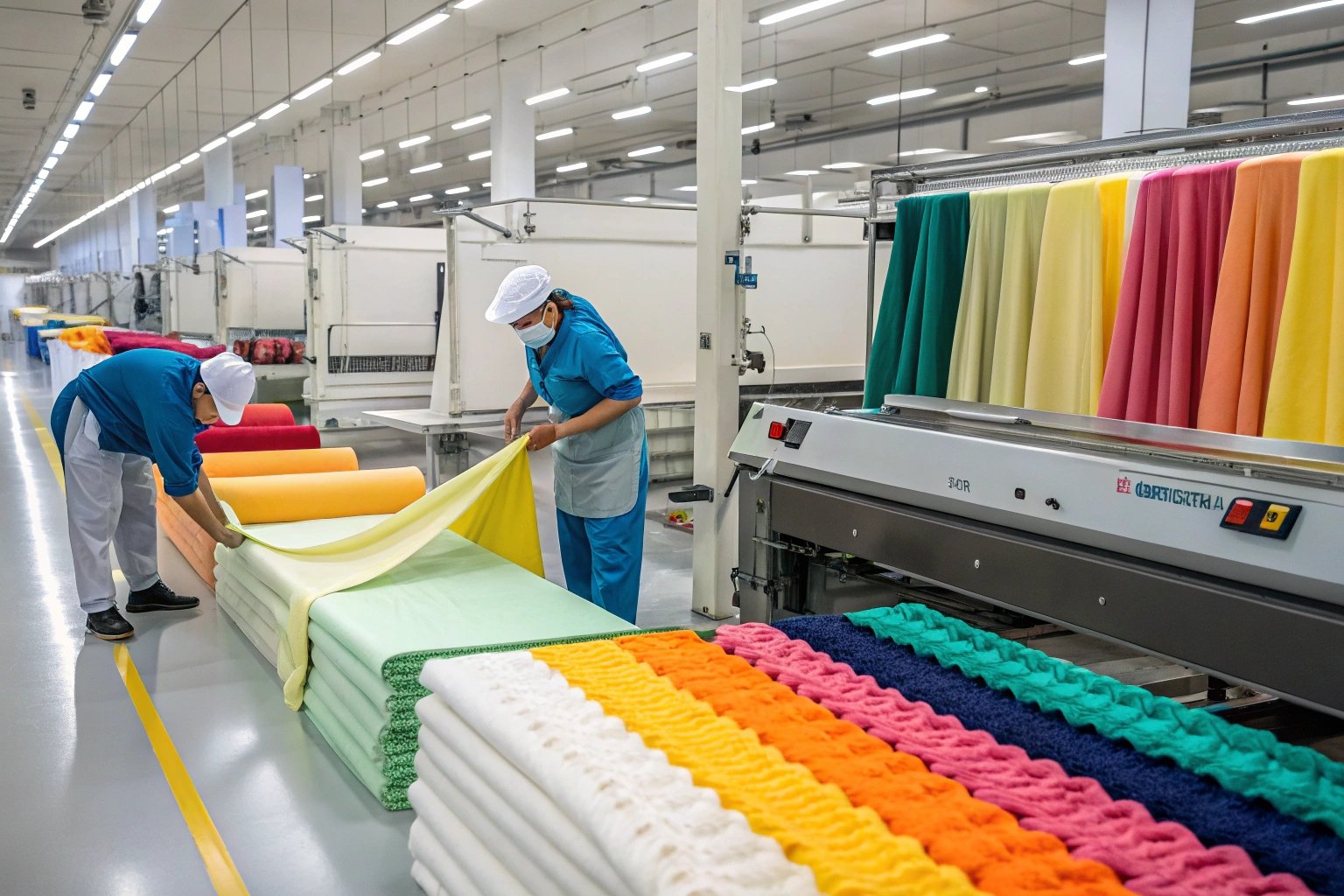
Before production begins, fabric often undergoes a pre-treatment process to prepare it for the construction stage. This includes steps like scouring, bleaching, and sizing to remove impurities and make the fabric more workable. These treatments also ensure that the fabric can maintain its color, softness, and durability after finishing.
Pattern Making and Grading
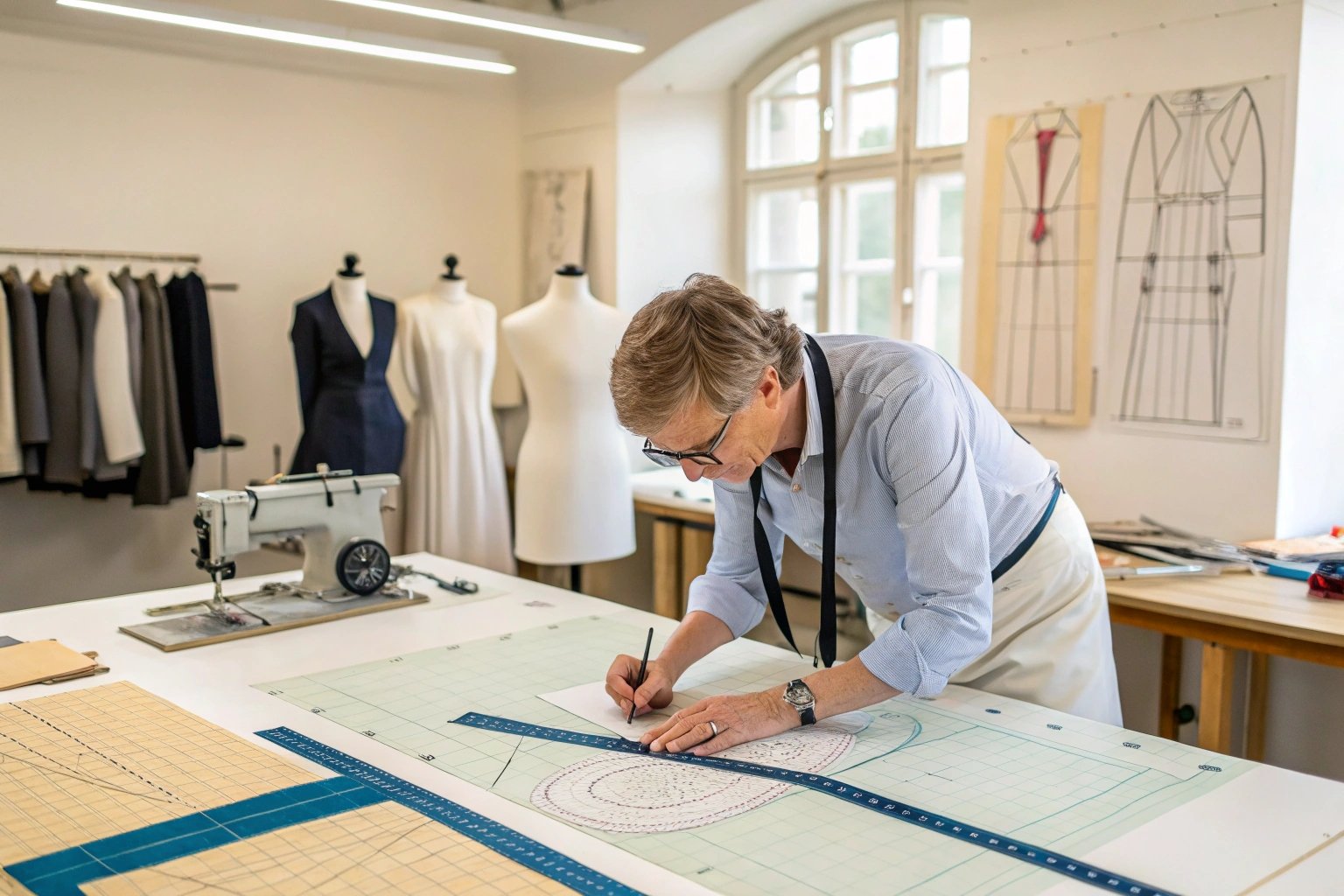
Once the fabric is ready, pattern making begins. Patterns are created based on design specifications, and grading is applied to ensure that the sizes of the garment will fit different body types. This step is crucial for achieving the correct fit for a wide range of consumers.
Cutting
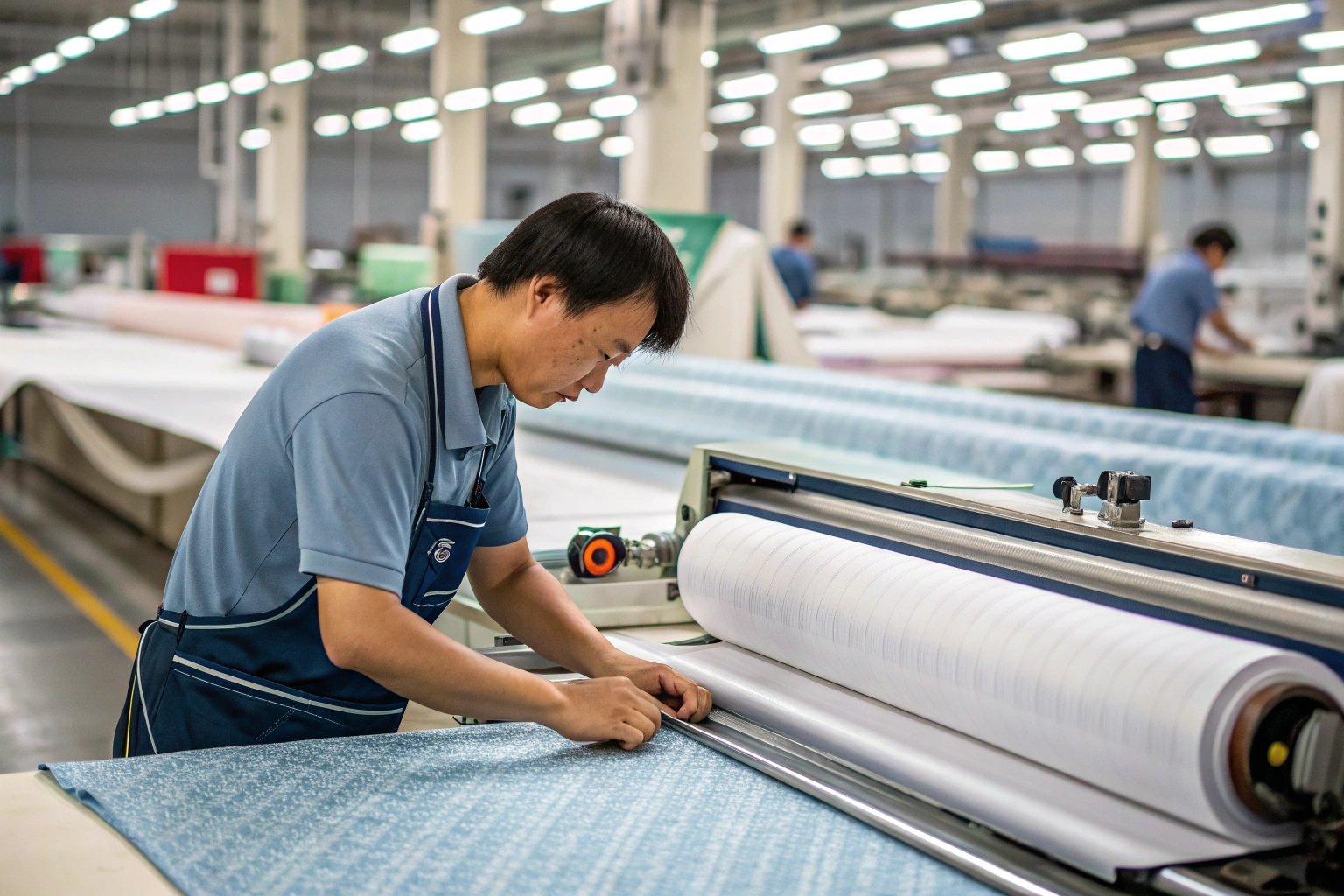
The fabric is then cut into pieces according to the patterns created. This stage is typically done using automatic cutting machines for precision or manually for smaller batches. Fabric pieces are laid out on large rolls and then cut to shape to minimize fabric waste.
Sewing
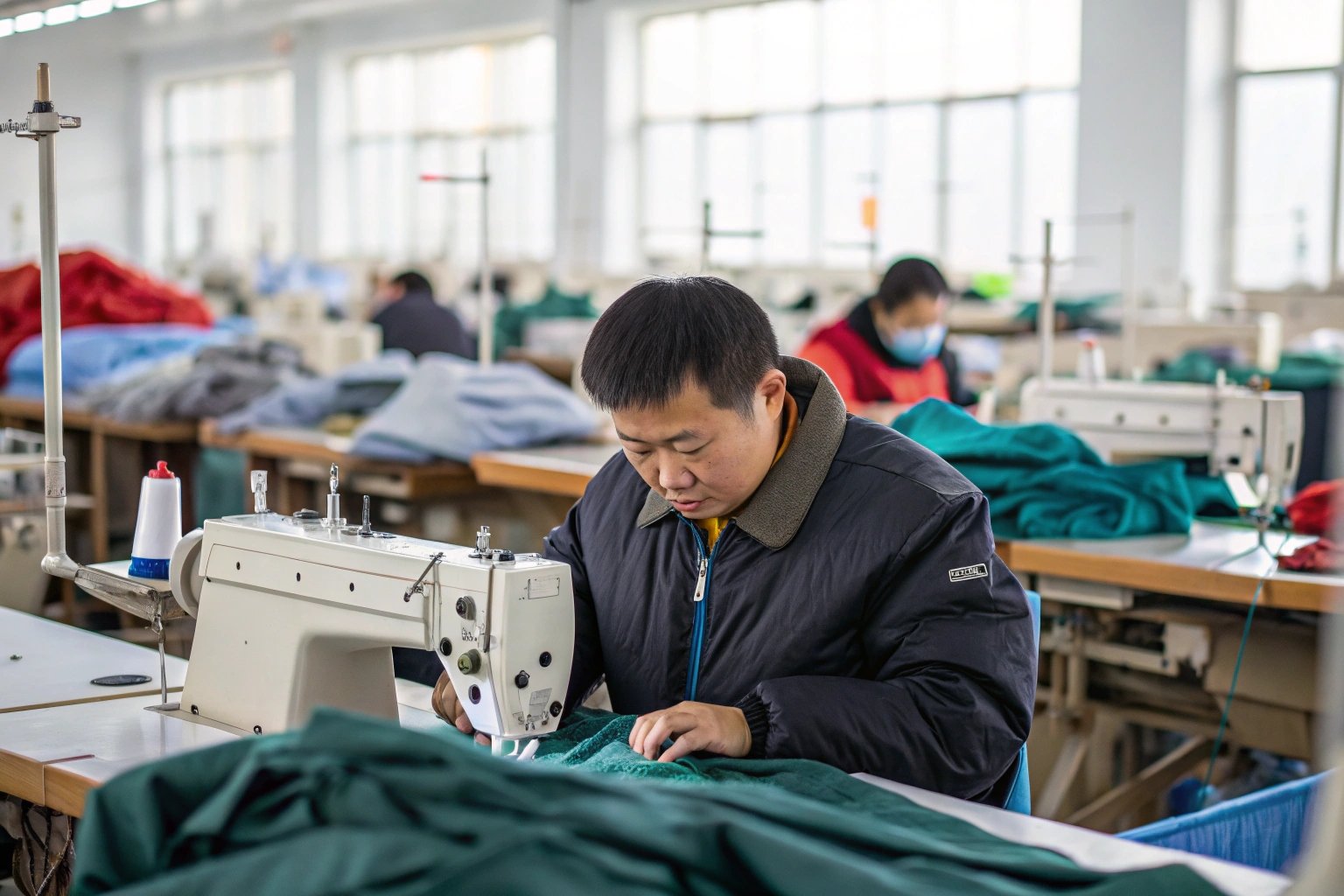
After the fabric pieces are cut, they are sewn together. Sewing is one of the most critical stages of garment production, where skilled workers stitch the fabric pieces into the shape of the finished product. Multiple machines and techniques may be used, depending on the complexity of the garment.
Finishing
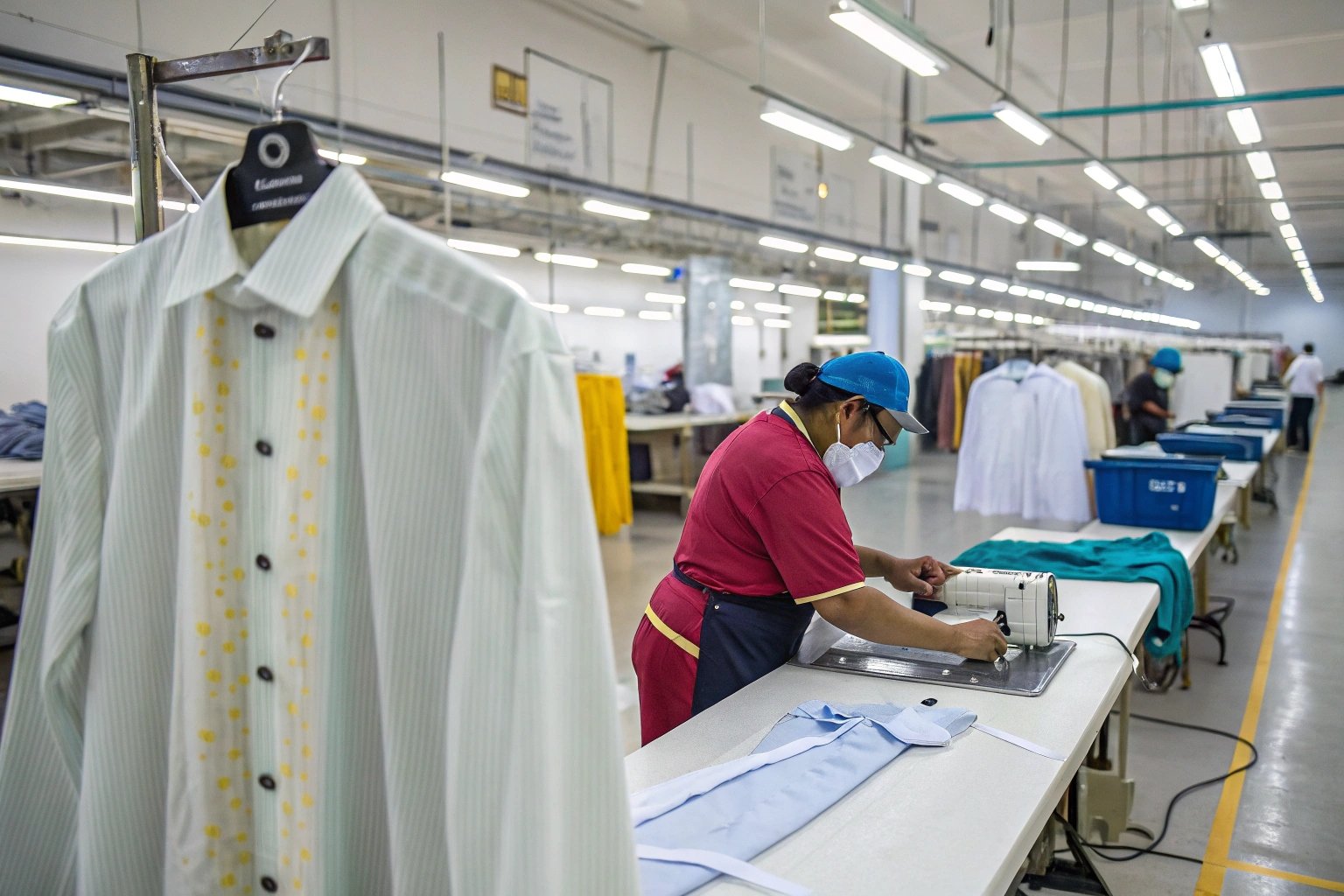
Once the garment has been sewn together, it undergoes various finishing processes. These include washing, ironing, and dying. Finishing treatments can also include additional steps such as anti-wrinkle treatments, softening, or stain-resistant coatings to improve the fabric’s appearance and functionality.
Quality Control
During and after the manufacturing process, garments undergo strict quality control checks. This ensures that the finished product meets the desired standards for fit, fabric quality, color consistency, and stitching.
What Are the 8 Stages of Garment Construction?
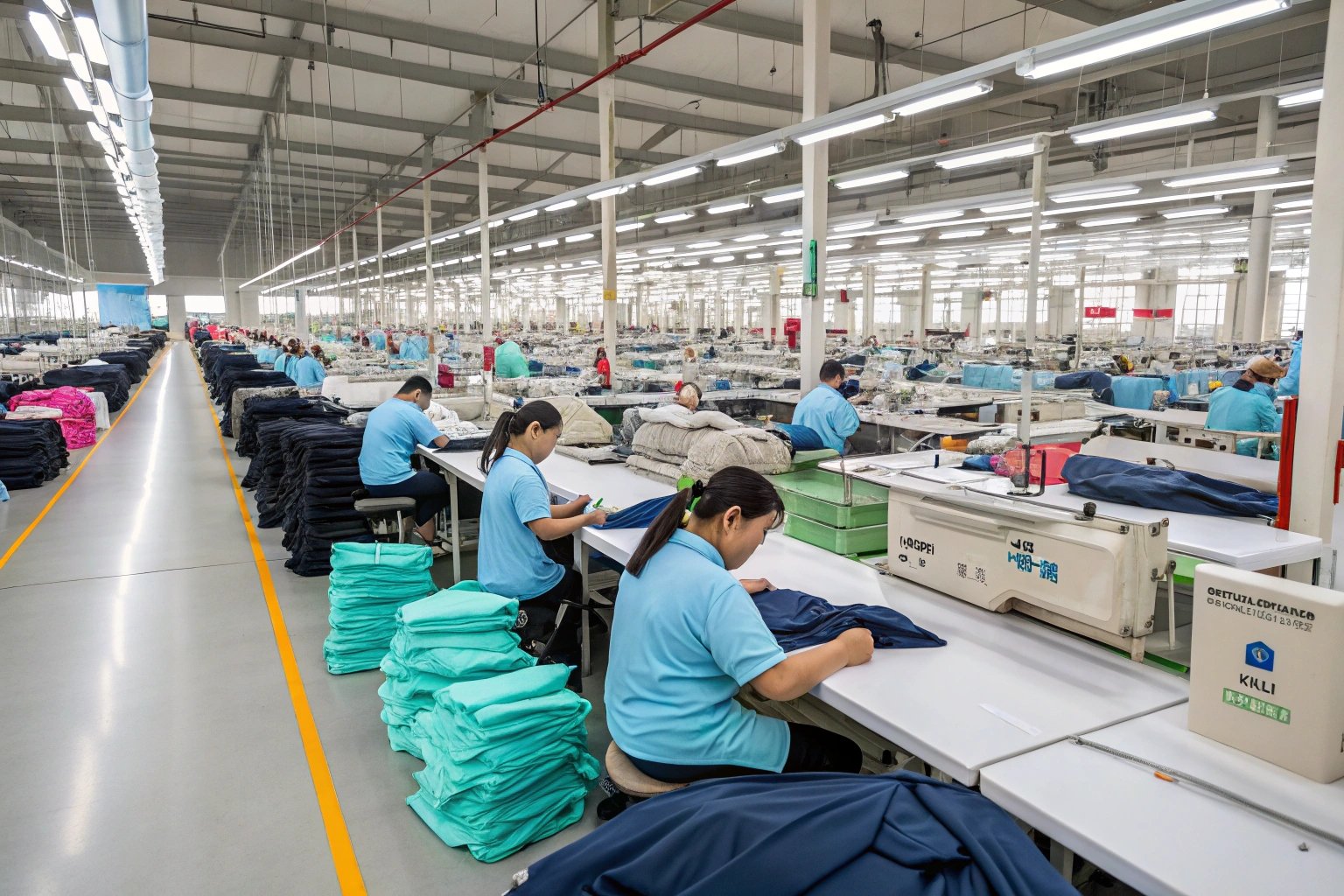
The construction of a garment involves several key stages that transform raw materials into a final, wearable product. Here are the eight stages of garment construction:
- Fabric Selection
- Fabric Pre-Treatment (Scouring, Bleaching, etc.)
- Pattern Making
- Cutting
- Sewing
- Finishing (Washing, Dyeing, etc.)
- Quality Control
- Labeling, Packing, and Shipping
Each of these stages is integral to ensuring that the garment is produced to the desired standards. Proper management of each stage ensures the garment fits well, functions properly, and meets customer expectations for style and durability.
What Is the Process Sequence in Garment Manufacturing?
The process sequence in garment manufacturing refers to the steps followed to convert raw materials (fabric) into finished apparel. Here’s a typical sequence:
- Fabric Selection
- Fabric Pre-Treatment
- Pattern Making and Grading
- Cutting
- Sewing
- Finishing Treatments
- Quality Control
- Packing and Shipping
Understanding this sequence is crucial for garment manufacturers to ensure that all steps are followed accurately and efficiently, with an emphasis on pre-treatment processes, advanced finishing techniques, and production management systems. This sequence enables manufacturers to produce high-quality garments while minimizing waste, errors, and production time.
Conclusion
The garment manufacturing process is a complex and multi-step operation that involves many stages, from fabric selection to final finishing. Each stage of the process—from fabric pre-treatment and pattern making to finishing and quality control—plays a crucial role in determining the quality, fit, and durability of the finished garment. By understanding this process, brands can create high-quality products that meet consumer needs and expectations.
By focusing on quality at each stage, from fabric preparation to post-finishing treatments, manufacturers can ensure that garments not only look good but also perform well, enhancing customer satisfaction and brand loyalty.

